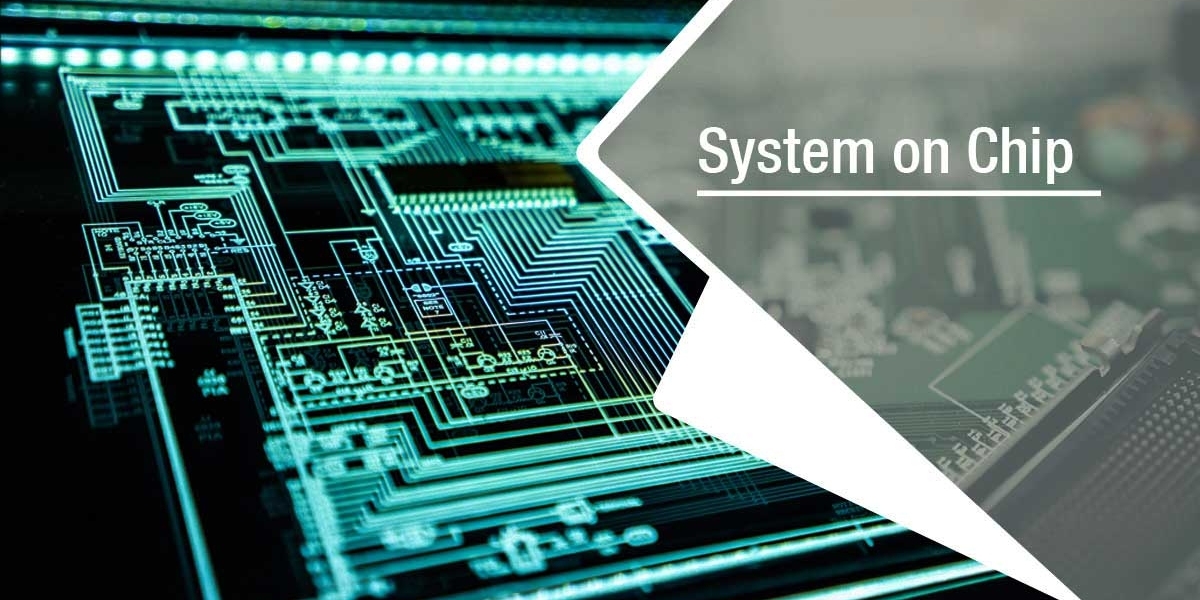What is a System on a Chip?
A system on a chip, also known as a SoC, is an integrated circuit that incorporates many or all components of a computer or other electronic system. These components typically include a central processing unit (CPU), memory, input/output ports and secondary storage – all on a single integrated circuit or a small number of integrated circuits.
The Growth of System on a Chip
Today's SoCs integrate entire computer systems with powerful multi-core processors, graphics processors, complex wireless communication circuits and more. This level of system integration provides benefits like reduced power consumption, smaller form factor, faster performance and lower production costs compared to designs that use multiple discrete components.
Applications of System on a Chip
The ubiquitous nature of electronics in modern life has led to System On A Chip being incorporated into a wide range of applications. Mobile devices like smartphones and tablets are perhaps the biggest adopters of advanced SoCs due to their processing and mobile connectivity requirements. SoCs allow these devices to provide user-friendly interfaces, powerful apps and seamless connectivity while maintaining compact sizes and long battery life.
Other common consumer applications include smartwatches, smart home assistants, gaming consoles, digital cameras and more. Automotive manufacturers also increasingly rely on SoCs for advanced driver assistance systems, infotainment systems and other electronic control units in vehicles. Industrial systems likewise employ SoCs for a variety of factory automation equipment, instrumentation and robotics.
Benefits for Manufacturers and Consumers
For electronics manufacturers, the modular design of SoCs provides advantages at both the design and production stages. SoC designs allow for easier hardware integration, quicker debugging and reduced design complexities compared to discrete components. Their compact packages are also well-suited for surface-mount assembly on circuit boards.
Mass production of SoCs as standard chips further cuts costs through optimized fabrication in high-volume foundries. This cost-saving is passed on to consumers in the form of affordability. From a user perspective, the enhanced performance and features enabled by sophisticated SoCs enhance the functionality, usability and value proposition of modern electronic devices. Their compact footprints also facilitate portability and convenience.
Impact on the Semiconductor Industry
The rising popularity of SoCs has been a major driver of growth and innovation in the global semiconductor industry. Market research firms value the SoC sector in the many billions of dollars annually, with steady increases projected in the coming years. Leading foundries continue heavy investments to further advance SoC capabilities through improved process technologies like 5G and nanometer scaling nodes.
Top players in the semiconductor industry devote large R&D budgets to in-house SoC designs for applications such as mobile devices, networking gear and AI/Machine Learning accelerators. Companies like Qualcomm, Apple, Huawei, Samsung, Intel and Nvidia all have robust portfolios of proprietary SoC products. Many semiconductor companies also offer standard and customer-specific SoC solutions to OEM manufacturers across various industry verticals.
With the Internet of Things (IoT) still in early adoption phases, the need for efficient, low-power System on Chips for sensor networks and edge computing will likely fuel further sector growth. Emerging technologies like 5G, autonomous vehicles and augmented/virtual reality also promise new applications for advanced SoCs. As more devices become "smart", integration of computing capabilities at the chip-level through System on Chips will remain an important area of focus for semiconductor innovation moving forward.
The System on Chip concept has revolutionized electronics design through increased levels of system integration on a single semiconductor substrate. SoCs enable new form factors, enhance functionality and extend battery life – driving widespread adoption spanning consumer electronics, industrial systems and automotive. Their advantages contribute greatly to industry cost reductions and opening new possibilities across markets. Continued SoC advances will power the proliferation of computing power and connectivity into even more areas across our technology-integrated world.
Get more insights on This Topic- System On A Chip ( Soc)









